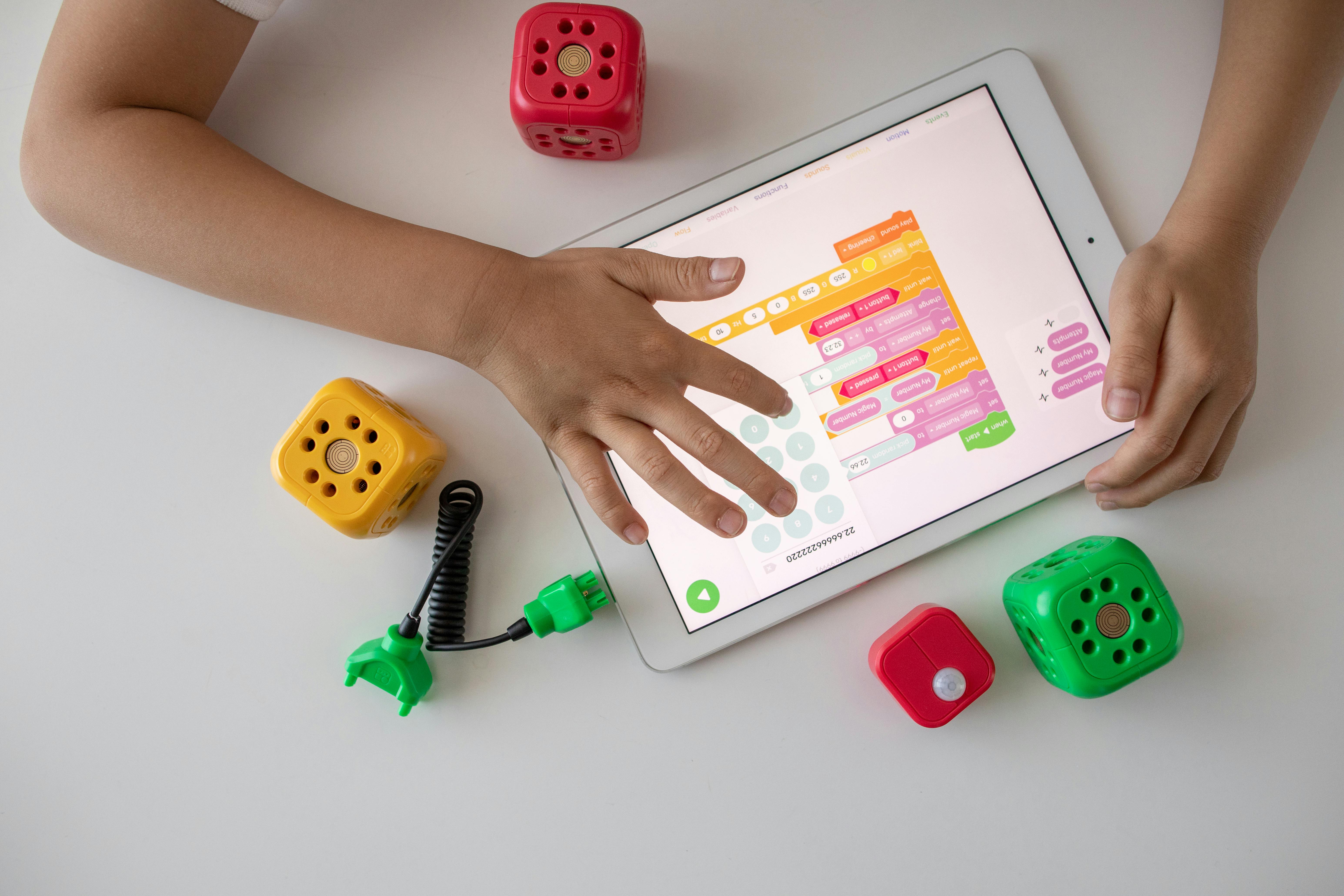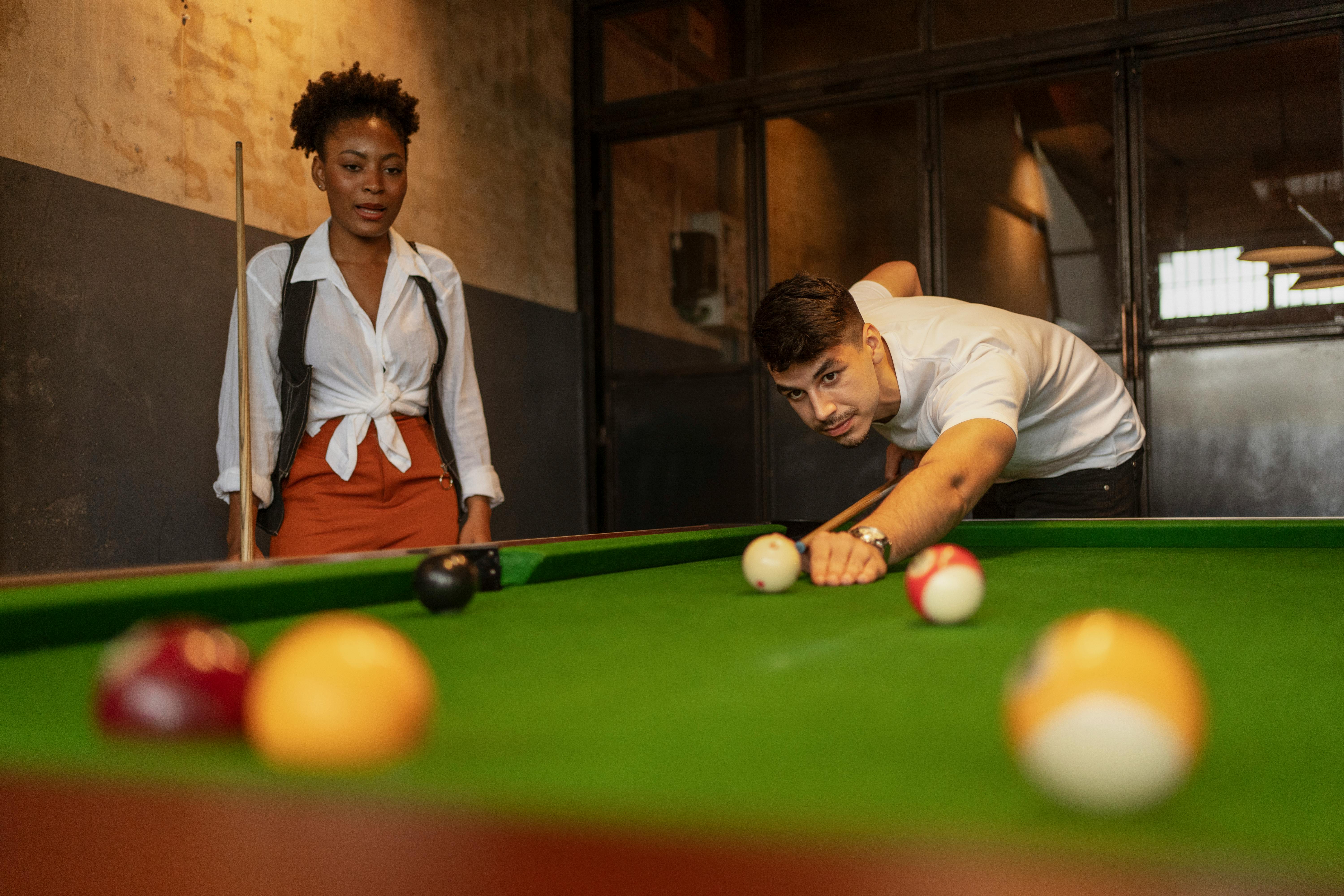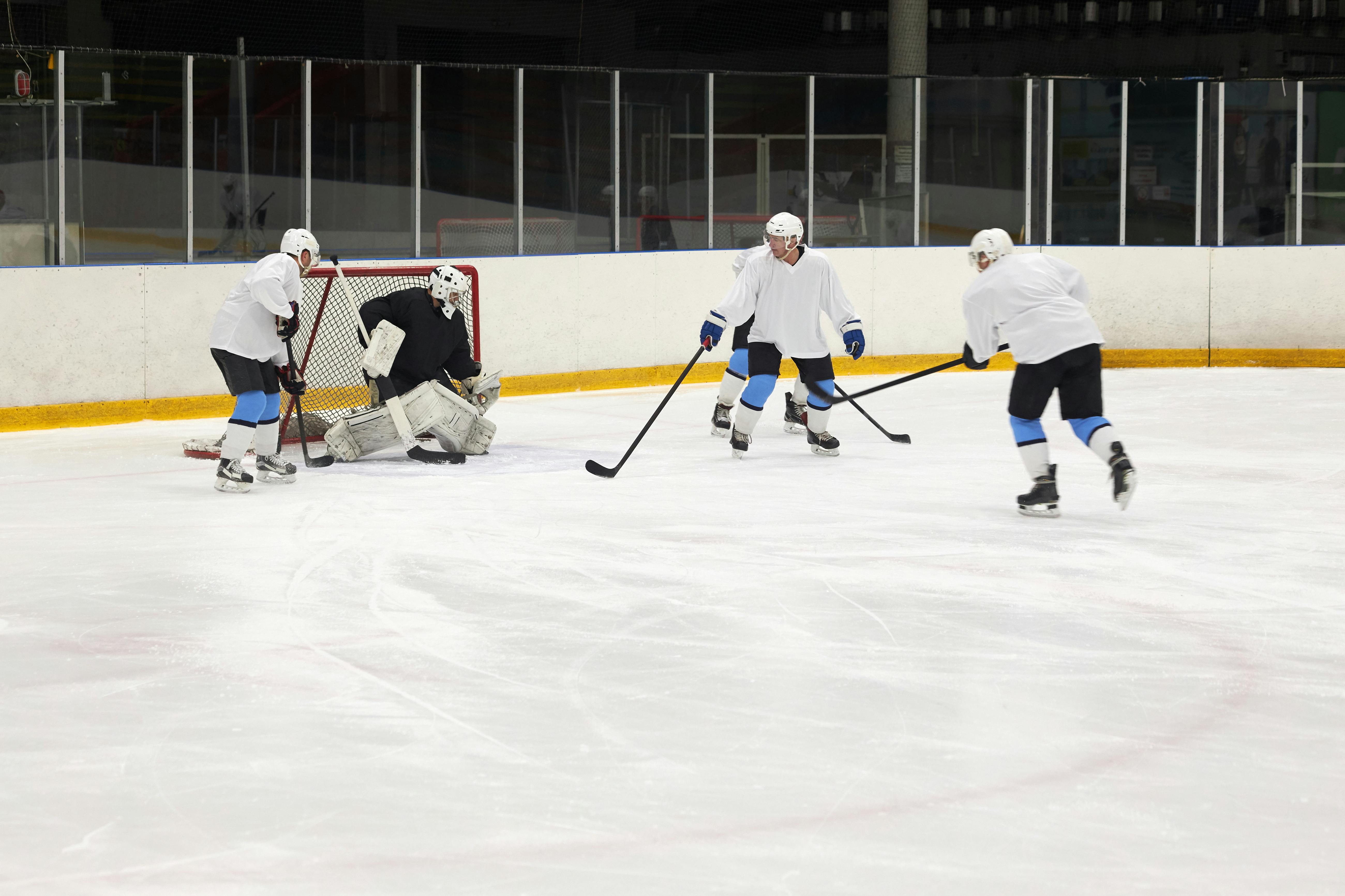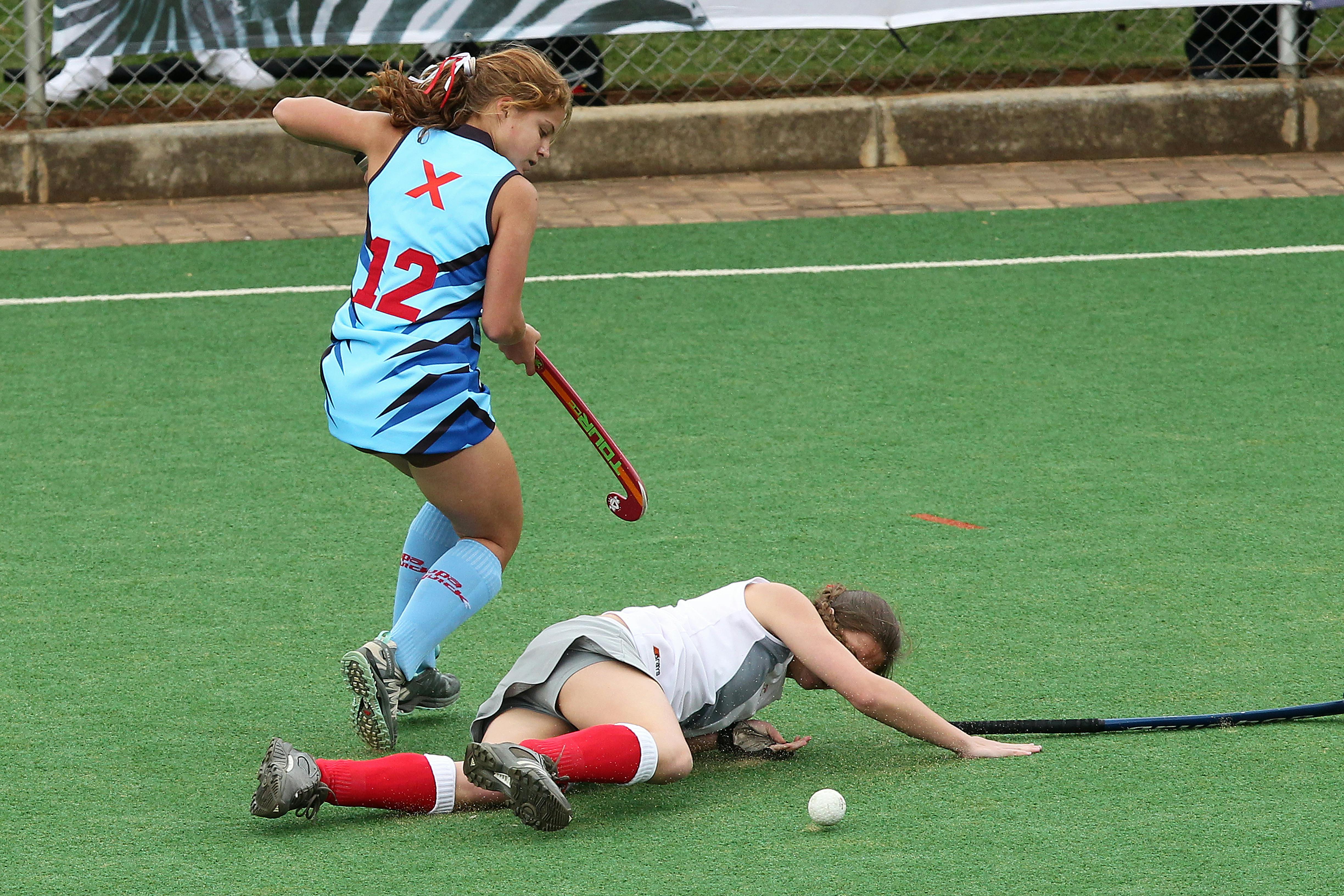After each new Star Wars movie and occasionally in between, Lego unloads its Star Wars sets, totaling 40 new items per year. Basically, Lego Star Wars items are toys, which means their motivation is to be fun and their skill level negligible. Sets are the most obvious and conspicuous Lego elements available.
Each item takes one to two years to accumulate, and Lego is usually exceptionally hidden about the procedure. Fortunately, Burglarize Johnson, a Lego Brands Supervisor and former Lego Star Wars Senior Crafting Executive, shared the well-ordered subtle elements in the middle of the “Lego Star Wars Cosmic System Planning” board at Star Wars Festivity Orlando in April.
1. Scope the sets
In what is sure to cause Wars fans envy, Lego item designers can check out the set and idea plans for a promising movie. They will see models and have the opportunity to make their own particular renderings to take to Lego headquarters. Things like shading, shape, and “essential components” are all things creators write, according to Johnson. At that time, he has returned to the laboratory.
2. Build the basics for free
The creators then use Lego pieces and “free form” to obtain the essential state of the vehicle or assembly. Since most Star Wars toys are geared toward children ages six to nine, sets cannot be overly specialized, which means capacity, making it impossible to make them essentially and with effectively created parts, it is vital. Still, every now and then a set will require a rare plan piece, especially when boats and sliders are included.
3. Play with the details
After freeform, Lego architects “will make lots of different outlines of sliders, each with a somewhat unique shape, until they find the one that’s perfect.” They play seats, engines, how far the nose is and different points of interest for a precision and tactile adjustment.
4. Add “play value”
It is basic to the Lego group that games function like toys as a matter of first importance. In that capacity, Johnson revealed to CNBC how fashion designers will include “play esteem” to “enhance the experience.” Across the board, Johnson used Rey’s slider, for example, and for this situation, the game’s esteem resembled an implicit storage unit with pivoting boards for children to reserve whatever Rey sought out.
5. Adapt and adjust
Once the group of planners has what they assume is close to the last item, there are still a lot of tinkering to finish. The scheme will experiment with “some more models” to better consolidate the new game components and also modify the shading or incorporate new and modified blocks.
6. Build reference boards
Cheat sheets meet various needs. To begin with, they demonstrate each and every piece in the correct tone and shape that is expected to build the ensemble. This allows the schema group to double check that they have included everything and that they are satisfied with the last set. Be that as it may, it also gives a basic touch to indicate the grouping group, which is responsible for accumulating the sets and managing numerous concurrent activities.
7. Give the characters hair
To finish, each set needs its minifigs. A decal change will be needed for the face and body pieces, but the hair and headdresses, for example the wrap that Rey wears in the drop, must be hand-engraved. Due to the size of Lego, the molds are made to a 3: 1 scale before collapsing, as Johnson points out.



